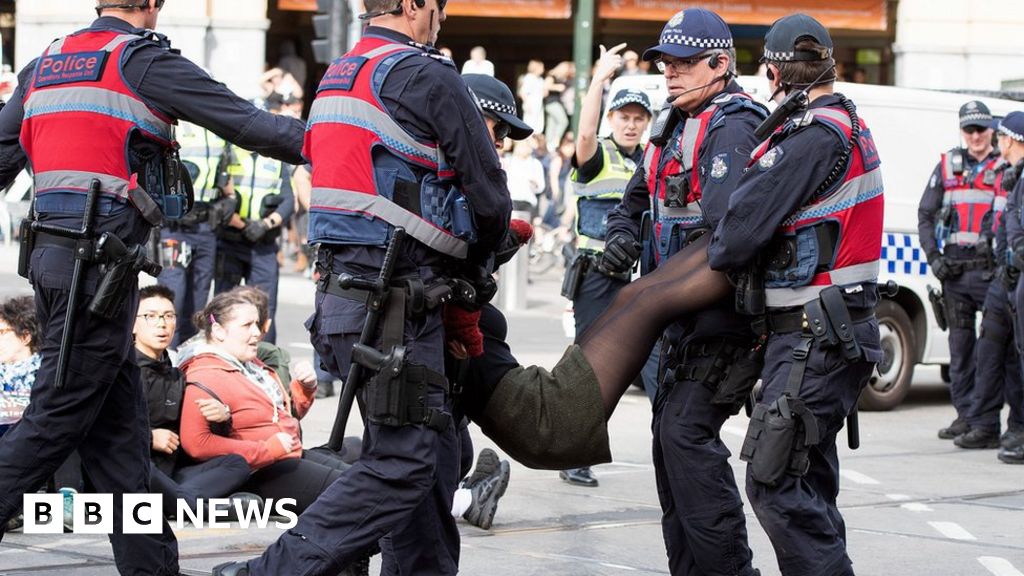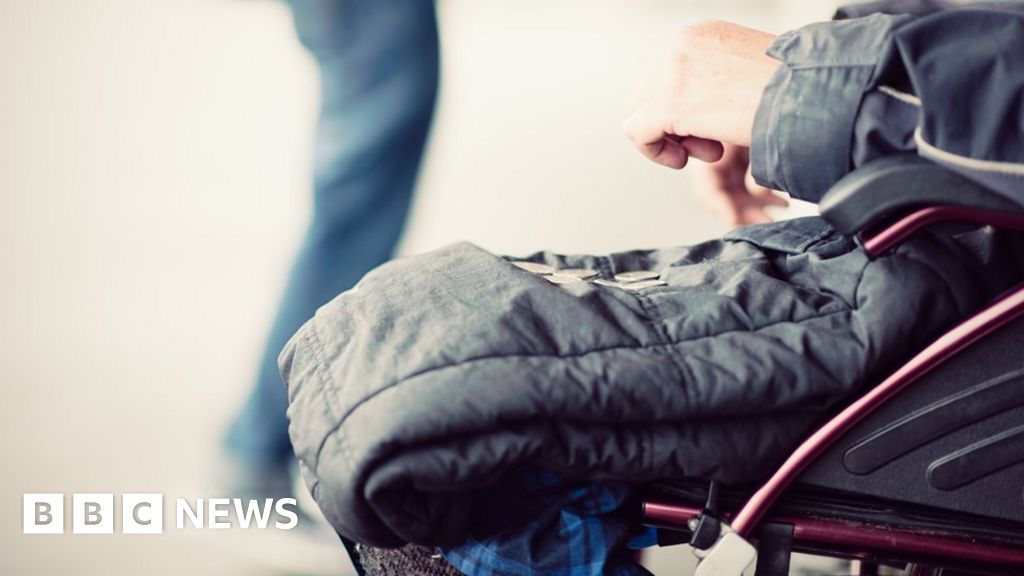Starting XI: Alyssa Naeher, Crystal Dunn, Becky Sauerbrunn, Abby Dahlkemper, Emily Sonnett, Lindsey Horan, Julie Ertz, Rose Lavelle, Megan Rapinoe, Alex Morgan, Tobin Heath
One of the most frustrating things about seeing a midfield lineup like Horan, Ertz, and Lavelle is that it should be exciting. Those are three exciting, talented players, who seem like they should combine well to cover the midfield defensively and offensively. But instead, thanks to whatever is going on in USWNT camps, it looks like a midfield being yanked around by an invisible hand that is particularly mean. Is Julie Ertz a DM? Maybe! What is a DM anyway? It’s really more of a nebulous concept than a concrete position with defined responsibilities, or so you might think watching the first half of USA vs Australia.
Okay, let’s backtrack a little. The game opened up in a fun back-and-forth, with teams looking for quick transitions. The US often hit the ball long out of the back to bypass Australia’s tough midfield, with Dahlkemper often picking out her targets well enough to create a chance. But it became apparent very quickly that the weak spot that Australia wanted to probe was on the US’ right, where Emily Sonnett had her hands full with Lisa De Vanna. Crystal Dunn didn’t have the easiest time either; if she tried to push high, Australia looked to exploit the space behind her, forcing Horan to drop quickly to cover the space.
Still, the defensive long balls paid off in the 14’ as Dunn served one over, hit a good bounce, and found Alex Morgan. Morgan bodied Clare Polkinghorne off the ball, cut Alanna Kennedy to find the space between the CBs, and hit a shot with her non-preferred right foot. Not only did it make it 1-0, but it was Morgan’s 100th goal total for the United States. No toe pokes here for Morgan’s century of scoring.
Australia fought back right away, engaging in a tense back-and-forth through the midfield that saw the Americans trying to play out of pressure and find Rapinoe and Heath wide and Australia trying to bypass
The US tried to mitigate the pressure by winning the ball higher through Rapinoe and Morgan, but their pressure wasn’t the most consistently effective against Australia’s back line. Lindsey Horan looked rusty too, losing balls off of some rough touches. Ertz and Lavelle both pushed high under the forwards, with Lavelle trying to act the playmaker here and there, but Ertz was a positional liability, though obviously she’s been told not to sit strictly in a DM role but try to add to the high attacking pressure. That led to the first Australia goal, as Ertz got bypassed, leaving pristine field for the Australians to swarm through as they ran at the back line. Sonnett stayed pinched in way too close to Dahlkemper, giving De Vanna plenty of space to shoot and make it 1-1 in the 29’.
The US had some more good chance in the last 15 minutes of the half as they tried to work the wide areas then cut in and pick out a target. There were also some individual efforts - Horan had a shot from range that looked like it might dip under the bar and forced Williams to tip it over in the 34’, while Lavelle had a clever look at the low far post that once again pulled a big save out of Williams. But the US also continued to get pushed out of the center of the field, although the adapted reasonably well to that with their long range service. When you have someone with Dahlkemper’s accuracy, that’s not necessarily the worst contingency plan.
The half ended at 1-1, with no real sense of momentum for either team. Australia picked it up in a hurry as the second half started, though. The US brought Sam Mewis on for Rose Lavelle, although Mewis promptly had the kind of slip that sometimes happens in games, which combined with the defense once again backing off too much, gave Caitlin Foord room to shoot and put Australia in the lead 2-1 in the 47’.
But then it was Tobin Heath’s turn in the 53’, drawing level at 2-2 with a fantastically simple header.
Mewis began making up for her earlier slip, trying to take command of the ball and creating possession in dangerous areas, sometimes pulling multiple players, like she did in the 60’ to try and create a chance for Rapinoe. The ball got deflected out but Rapinoe made a meal of it anyway with an incredible goal, finding a little space, then shooting across her body to make it 3-2.
The following gets a little hazy, as there were multiple player and formation shifts with each substitution. Christen Press cameo on in the 64’ for Horan, moving Heath into the midfield in a playmaker position. Rapinoe came off shortly thereafter, although it looked as though she had some kind of calf injury and actually beckoned for trainers, leading to Mal Pugh coming on in the 67’. Pugh scored with literally her first touch of the game, though, arriving late into the box and slipping a nicely-placed ball into the net and making to 4-2.
Possibly Ellis felt comfortable enough at this point to really go for the old razzle-dazzle. She had the team shift in to a 4-1-4-1 with Morgan as the highest player and Press, Heath, Mewis, and Pugh in a midfield line with Ertz sitting solidly at DM. Then came a sub in the 78’ with Tierna Davidson on for Sonnett, prompting Dunn to shift to right fullback so Davidson could take LB. (In the distance: Ali Krieger grinding her teeth?) The night wasn’t over for the defense as Sam Kerr pulled Australia within one in the 81’, rising over Abby Dahlkemper for a headed goal.
Then in the 82’ Allie Long came in for Alex Morgan and pushed Ertz into the back line, with Long now sitting in front of them. The final sub was in the 85’, with Carli Lloyd on for Dahlkemper, now rearranging things into a five-back situation, with Sauerbrunn, Ertz, and Long in the middle and Lloyd and Mewis paired in front of them. If that sounds like a lot of flim-flammery, that’s because it was, and it was kind of a surprising cherry on top of the night that in the last minute of stoppage, Alyssa Naeher booted the ball three quarters of the way down the field, where Pugh picked up a nice bounce and was able to chip Williams to put the game away at 5-3.
The first half of this game seemed like a proper exercise in a World Cup starting XI, sans Kelley O’Hara, against a tough and organized opponent ready to punish any weak points. The second half felt like GOB from Arrested Development entering to The Final Countdown and presenting a bunch of desperate and unnecessary flourishes to distract you from the trick. Sorry, the illusion - the illusion of a cohesive midfield unit, or the illusion of adequate defensive depth. And yet this wildly talented, incredibly resilient, absurdly fit team may still pull it all off.
Next up:
USA vs Belgium
April 7
9 PM ET / 6 PM PT
ESPN2
Let's block ads! (Why?)
https://www.starsandstripesfc.com/2019/4/4/18296296/usa-defeats-australia-5-3-world-cup-warm-up
2019-04-05 04:12:09Z
CBMiX2h0dHBzOi8vd3d3LnN0YXJzYW5kc3RyaXBlc2ZjLmNvbS8yMDE5LzQvNC8xODI5NjI5Ni91c2EtZGVmZWF0cy1hdXN0cmFsaWEtNS0zLXdvcmxkLWN1cC13YXJtLXVw0gFsaHR0cHM6Ly93d3cuc3RhcnNhbmRzdHJpcGVzZmMuY29tL3BsYXRmb3JtL2FtcC8yMDE5LzQvNC8xODI5NjI5Ni91c2EtZGVmZWF0cy1hdXN0cmFsaWEtNS0zLXdvcmxkLWN1cC13YXJtLXVw






